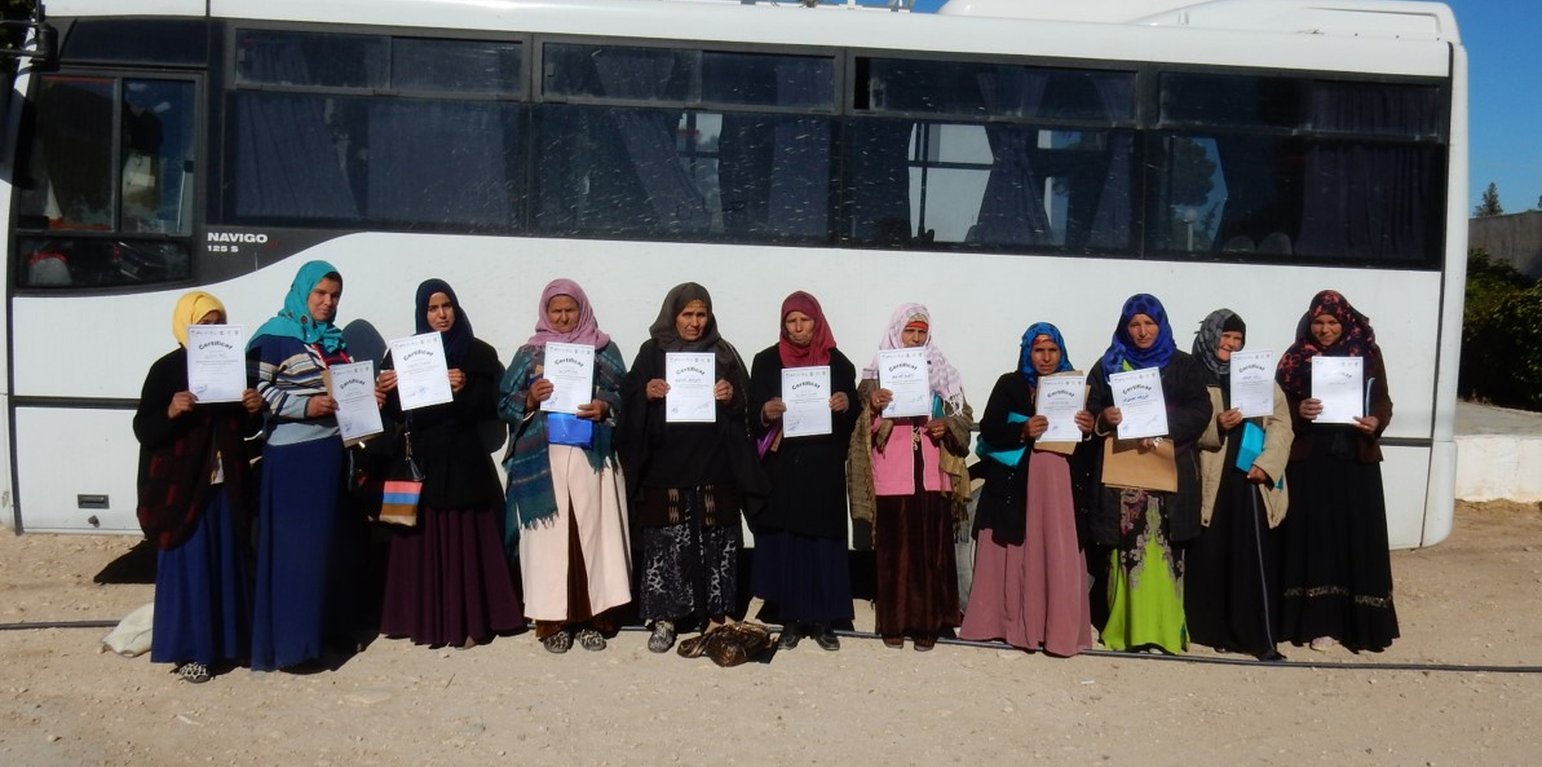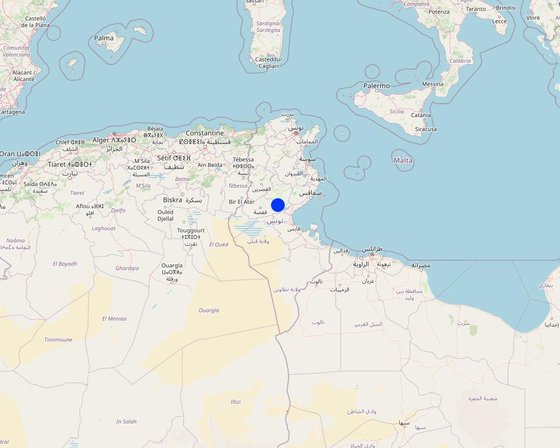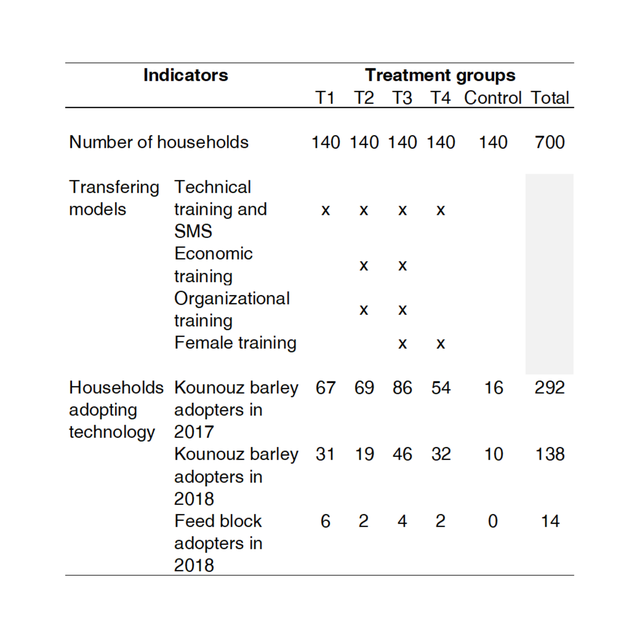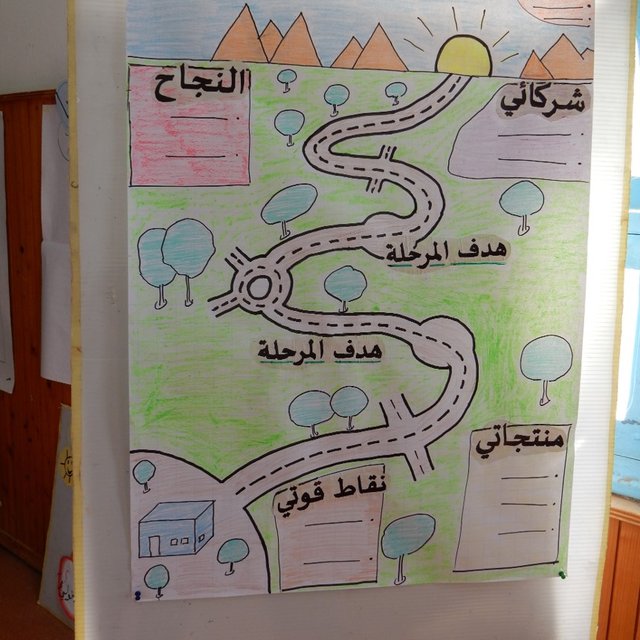



Research into innovative agricultural technologies for the livestock-barley system in semi-arid Tunisia has yielded success. However, adoption of these has remained low for decades, not only in Tunisia but across developing countries (Noltze et al. 2012; DFID 2014; Syngenta Foundation 2015). Bridging this 'adoption gap' has proved to be a challenge, and there has been limited emphasis on improving agricultural extension methods. In this context, the International Center for Agricultural Research in Dry Areas (ICARDA) together with partners set up the "Mind the Gap" project, funded by the BMZ and GIZ.
This project aimed to fill this gap by developing and testing new models for transferring sustainable technology packages to smallholder farmers. Four transfer models were implemented across four test groups:
T1: Technical training and SMS.
T2: Technical training, SMS, economic, and organizational training.
T3: Technical training, SMS, economic and organizational training, with a focus on female empowerment.
T4: Technical training, SMS, and female empowerment.
The transferring models are thus (a) Technical training and SMS; (b) Economic training; (c) Organization training; (d) Female empowerment.
Technical training and SMS involved sending weekly text messages containing technical and organizational information to 560 farmer households from August 2017. Workshops were conducted in 2017 and 2018 to develop these messages in collaboration with regional extension services and other stakeholders.
Economic training included one-day sessions in 2017 to demonstrate the economic benefits of innovations. In 2018, a Farmer Business School (FBS) approach was adopted to enhance farmers' entrepreneurial skills, with a tailored curriculum and seven five-day courses delivered to 280 farmer households.
The organizational training aimed to enhance farmers' understanding cooperative management. Through classroom sessions and visits to existing cooperatives, farmers received insights into cooperative creation, management challenges, and the benefits of collective action.
Female empowerment activities engaged women from 280 farmer households, focusing on visits to female cooperatives and sensitization events to encourage their participation in agricultural activities and access to credit.
The adoption of two innovations was evaluated through this methodology. The first innovation, "Kounouz," is an improved barley variety designed to better withstand drought conditions. The second innovation involves feedblocks, also known as nutrient-dense pellets, which serve as an alternative livestock feed made from by-products.
The project rigorously evaluated these transfer models through randomized controlled trials, focusing on their impact on innovation adoption rates and cost-efficiency. The combined approach, carried out under T3, showed the highest adoption rates, particularly among female-headed households. Field visits were identified as a significant contributor to technology adoption, while SMS proved most cost-effective.
Most importantly, it showed that the four transferring models should be used in combination for the highest adoption.
In conclusion, the research underscores that addressing the 'adoption gap' in agricultural innovation requires comprehensive approaches encompassing technical, economic, organizational, and gender empowerment training. By combining these elements significant strides can be made in cost-efficiently enhancing technology adoption rates among smallholder farmers, offering valuable insights for agricultural extension efforts not only in Tunisia but also across the MENA region and potentially beyond.
Acknowledgement:
We would like to thank BMZ/ GIZ who supported this innovative research through their contributions to the “Mind the Gap” project as well as Tunisian NARES (INRAT, AVFA, OEP, CRDA) for co-implementing project activities.

الموقع: تونس
تاريخ البدء: 2016
سنة الإنهاء: 2019
نوع النهج

| ما هي الجهات المعنية / الكيانات المنفذة التي شاركت في النهج؟ | حدد الأطراف المعنيين | وصف أدوار الأطراف المعنية |
| مستخدمو الأراضي المحليون/المجتمعات المحلية | No communities but individual farmers | Inviting farmers to trainings, Organization of baseline and follow up survey with OEP |
| متخصصون في الإدارة المستدامة للأراضي / مستشارون زراعيون | AVFA (National Agricultural Training and Extension Service) CTV (Local Extension Service) OEP (Livestock and Pasture Office) | AVFA: Organizational and economic trainings (FBS, BUS, cooperatives, etc) to 280 HH Organized logistics (transport, restoration, training room) OEP: Technical training on feed blocks to 560 HH Distribution of inputs to CTV, selection of cooperatives. |
| الباحثون | University of Goettingen INRAT (National Agricultural Research Institute) | University of Goettingen: Project development, PhD students, data collection for baseline and follow up survey INRAT: Development of new barley variety (Kounouz) in collaboration with ICARDA Technical training on barley with OEP to 560 HH |
| منظمة دولية | ICARDA GIZ | ICARDA: Overall technical and administrative coordination GIZ: Trained AVFA trainers on FBS and BUS |
Flows of the applied Randomized Control Test

وقد تم اتخاذ القرارات من قبل
تم اتخاذ القرارات بناء على
The four main trainings were given:
-Technical with SMS
-Economic (e.g., better farm management)
-Organizational (e.g., setting up farmer cooperatives)
-Female empowerment
Several research papers were published with authors from different partners.